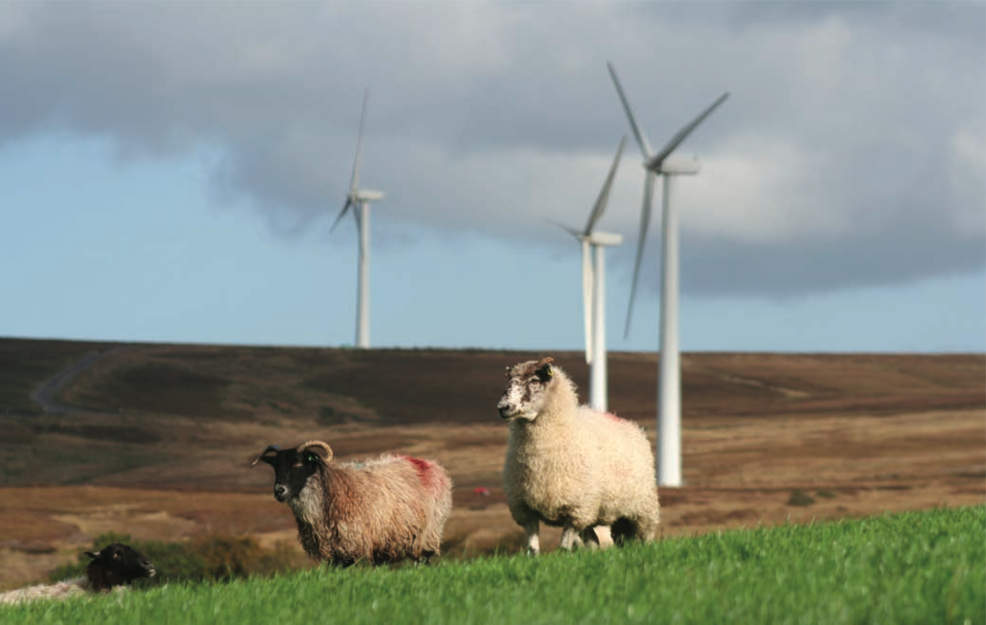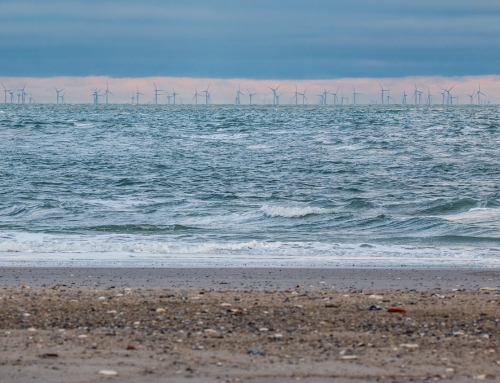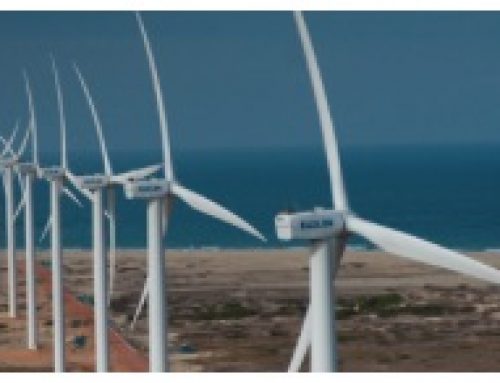By Julian Singer
Writing about the renewables investment fund Greencoat UK Wind plc has often been a challenge. Since it was founded in 2013 it has steadily expanded its portfolio of UK wind farms and equally steadily increased its dividend to equal or beat the RPI. Its share price shows little volatility, and has even increased by nearly 9 per cent since the start of this year. While such positive results are very welcome, it has been hard to find something new to say when the annual results appear.
Thus the announcement in early July that Schroders, the asset management company, had bought 75 per cent of Greencoat Capital was a surprise. The latter, also listed on the LSE, manages Greencoat UK Wind’s investments. The likely attraction for Schroders is that the fees on such investments are typically higher than those obtained from managing a portfolio of shares or bonds.
A further surprise was the announcement on 16 July that Greencoat Capital was considering the creation of a fund to invest in the Sizewell C nuclear power station. The government and EDF are actively looking for investors to replace the state-owned China General Nuclear Group (CGN). It is still far from clear how Sizewell C will be financed, only that it will not be a fixed power price as for Hinkley Point C. However, in order to attract investment there will certainly have to be some form of guaranteed return, which would fit well with the Greencoat model.

Greencoat UK Wind buys whole or part stakes in existing wind farms, mainly onshore. It does not get involved in the riskier development phase or operate the wind farms, but profits from the income when the farms are up and running. Often this includes government support, either from the earlier Renewable Obligation Certificates (which give a fixed sum per amount of electricity sold), or the less generous Contracts for Difference (which guarantee a fixed price determined by auction)[1]. Greenbarrel has often worried about what happens to Greencoat’s income when these run out, and has been surprised by its lack of interest in offshore wind or the problem of intermittency.
Some of these concerns might have been over-stressed. Most ROCs and CfDs continue into the 2030s. Although no onshore wind projects were awarded CfDs in the auctions of 2017 and 2019, contracts were awarded to eleven onshore farms in the most recent round (Greenbarrel, July2022). The company may snap up shares in these once they are built, or it may find that the contract price of £42.47 per MWh is too low and that it might do better buying non-contracted wind farms – riskier but with the possibility of higher revenues.
Offshore, the company does own shares in three wind farms in the Liverpool Bay area and owns completely one in the same area, North Foyle, which has the distinction of being the UK’s oldest working offshore windfarm. The total offshore contribution in terms of production is under 20 per cent, but it is reported to be buying a stake in Oersted’s Hornsea 1, currently the largest UK windfarm.
Other renewable funds have addressed the problem of intermittency by investing in electricity storage facilities, but so far not Greencoat. In its annual report for 2021, the company discusses how today’s electricity price is set by the marginal generator, which is currently gas, whereas the marginal price from renewables is low so that in the future the price will be determined by the marginal buyer. It expects this to be the business of producing hydrogen from electrolysers.
In any case Greencoat’s long-term prediction is for a price near £45 per MWh (neglecting discounts from power purchase agreements). This, it admits, will lead to a small drop in its Net Asset Value per share. It is refreshing to see the company face up more than it has in the past to a future dominated by renewables and less dependent on government price support.
[1] In a Contract for Difference the price at which the renewable generator sells electricity is compared with the strike price: if it is higher the generator pays the difference back to the Low Carbon Contract Company, which acts for the government; if it is lower the LCCC pays the difference to the generator. The strike price is established by auction in one of the bi-annual rounds before development starts. This guaranteed price reduces risk and allows the generator to raise capital at lower interest rates than otherwise.




